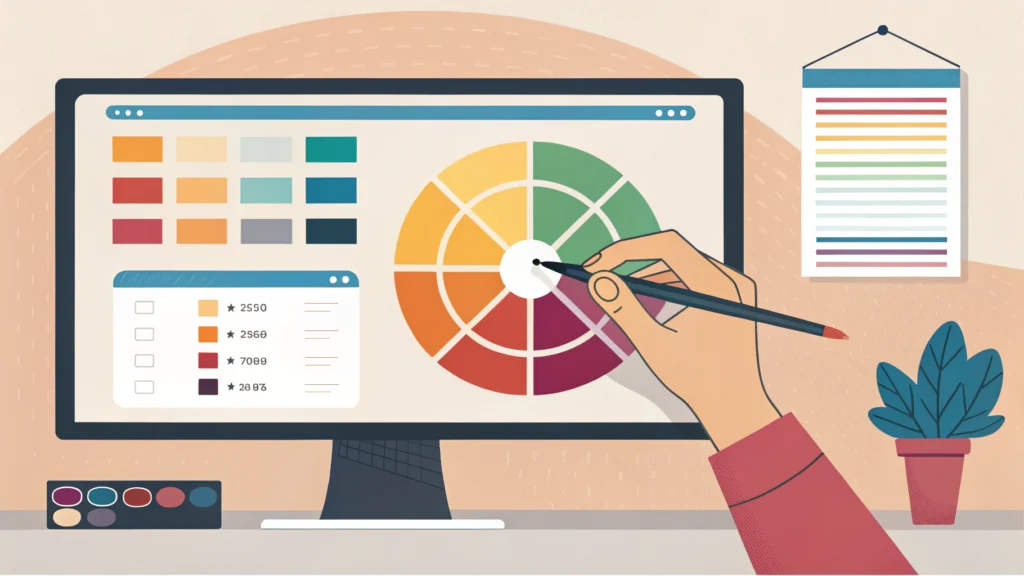Introduction
In today’s digital landscape, web development skills are invaluable. Whether you want to build personal projects or pursue a career in tech, understanding web development is crucial. This guide will walk you through what a web development course entails, the skills you will acquire, and how to choose the best course for your needs.
What is a Web Development Course?
A web development course teaches you the skills needed to create and maintain websites. These courses cover a range of topics including HTML, CSS, JavaScript, and various frameworks and tools.
Key Skills You Will Learn
- HTML & CSS: The backbone of web content and styling.
- JavaScript: Adding interactivity and dynamic behavior.
- Frameworks and Libraries: Popular tools like React, Angular, or Vue.js.
- Backend Development: Understanding server-side languages like Node.js or PHP.
- Version Control: Using tools like Git to manage code.
- Responsive Design: Ensuring websites are mobile-friendly.
How to Choose the Right Web Development Course
- Define Your Goals: Are you looking for a career change, or just want to build a personal website?
- Research Course Content: Ensure the course covers the latest technologies and best practices.
- Check Reviews and Ratings: Look for feedback from past students to gauge the course quality.
- Consider the Format: Decide whether you prefer in-person classes, online courses, or self-paced learning.
- Evaluate Support and Resources: Check if the course offers mentorship, forums, or additional resources.
Step-by-Step Guide to Starting Your Web Development Journey
Step 1: Choose a Course
Start by selecting a course that fits your learning style and goals. Here are some popular platforms to consider:
Step 2: Set Up Your Development Environment
Download essential tools like text editors (e.g., Visual Studio Code) and browsers (e.g., Chrome, Firefox). Familiarize yourself with the Button Generator to create stylish buttons for your web projects.
Step 3: Learn the Basics
Start with HTML and CSS to understand how web pages are structured and styled. Use the following code examples to create a simple web page:
<!DOCTYPE html>
<html>
<head>
<title>My First Web Page</title>
<link rel="stylesheet" type="text/css" href="styles.css">
</head>
<body>
<h1>Welcome to My Web Page</h1>
<p>This is my first web development project!</p>
</body>
</html>Step 4: Dive into JavaScript
Once you’re comfortable with HTML and CSS, start learning JavaScript. This language will allow you to create interactive web applications. Practice with simple scripts and gradually move to more complex projects.
Step 5: Explore Frameworks
After mastering the basics, consider learning frameworks like React or Vue.js. These tools streamline the development process and enhance your productivity.
Tools to Enhance Your Web Development Skills
Utilize various tools available at WebToolsLab to simplify your workflow:
- CSS Minifier – Optimize your CSS for better performance.
- JS Minifier – Minimize your JavaScript files.
- Meta Tag Generator – Create SEO-friendly meta tags easily.
- HTML Minifier – Reduce the size of your HTML files for faster loading.
FAQs
1. How long does it take to learn web development?
The time it takes to learn web development varies. A dedicated learner can acquire basic skills within a few months, while mastering advanced concepts may take years.
2. Do I need a degree to become a web developer?
No, many successful web developers are self-taught or have completed coding bootcamps. Practical experience and a strong portfolio are often more important than formal education.
3. What is the best programming language to start with?
HTML and CSS are essential for beginners, followed by JavaScript for interactivity. These languages provide a solid foundation for further learning.
Conclusion
Embarking on a web development course can be a transformative experience. By following this guide, you will be well-equipped to choose the right course and start your journey into the world of web development. Remember to leverage tools like WebToolsLab to make your learning process more efficient and enjoyable.
